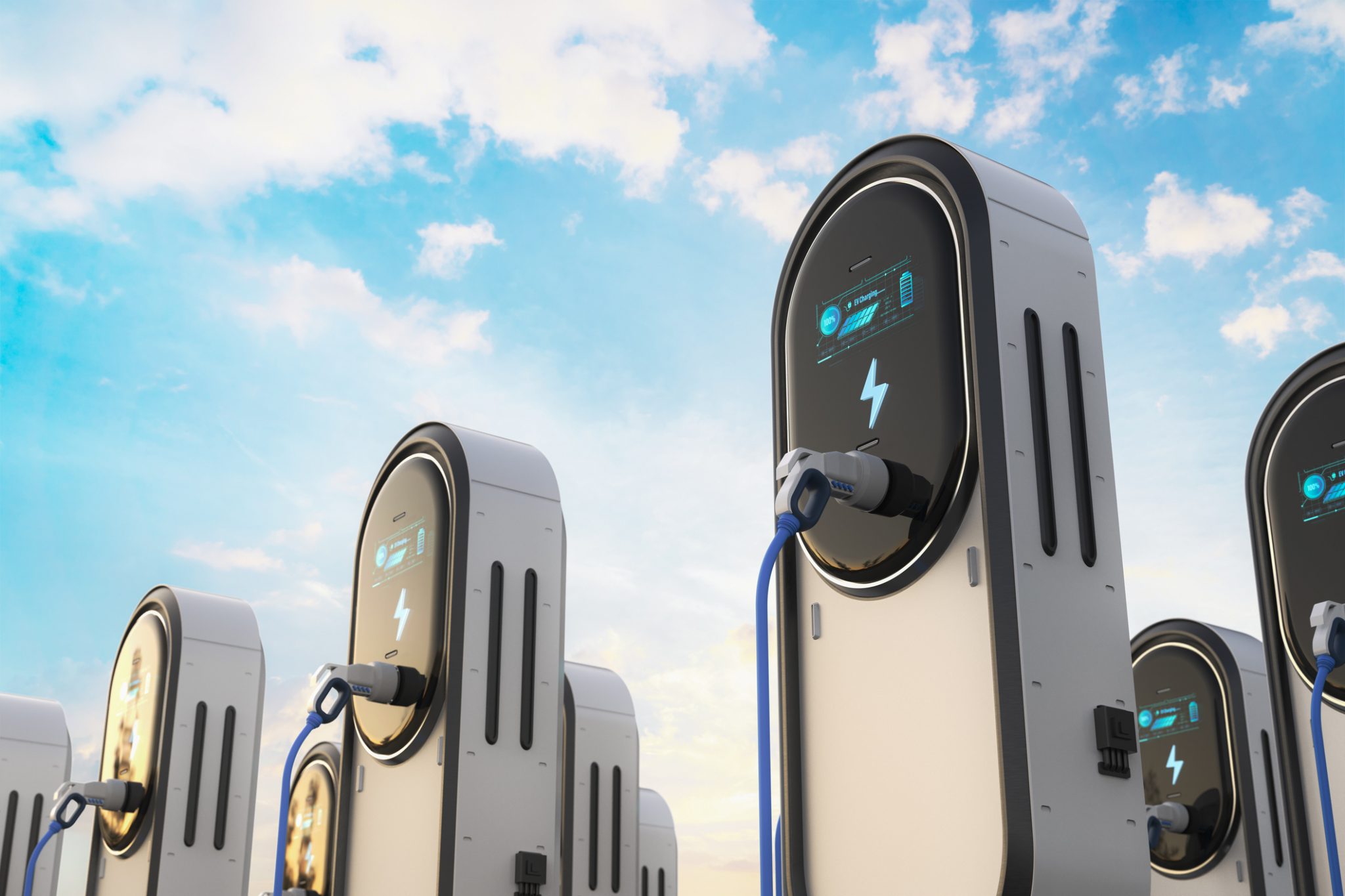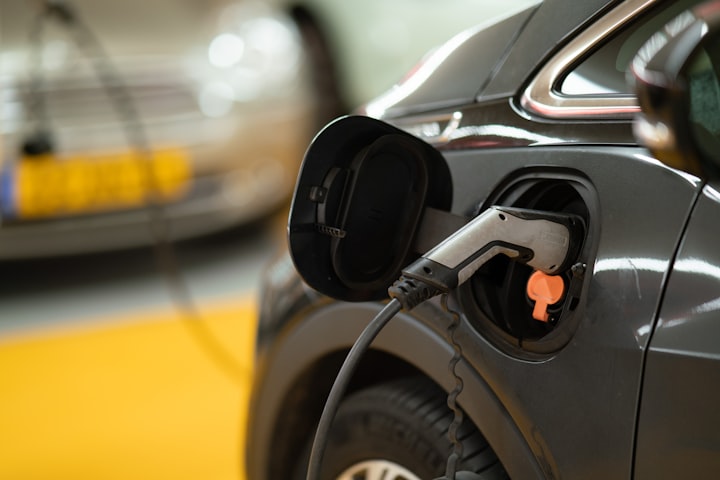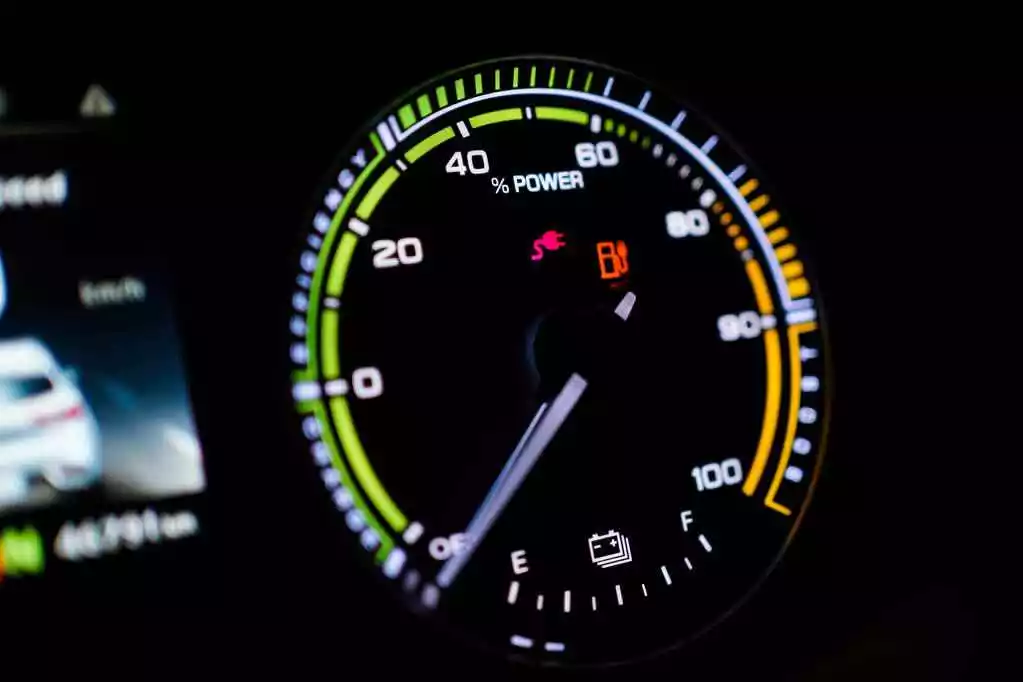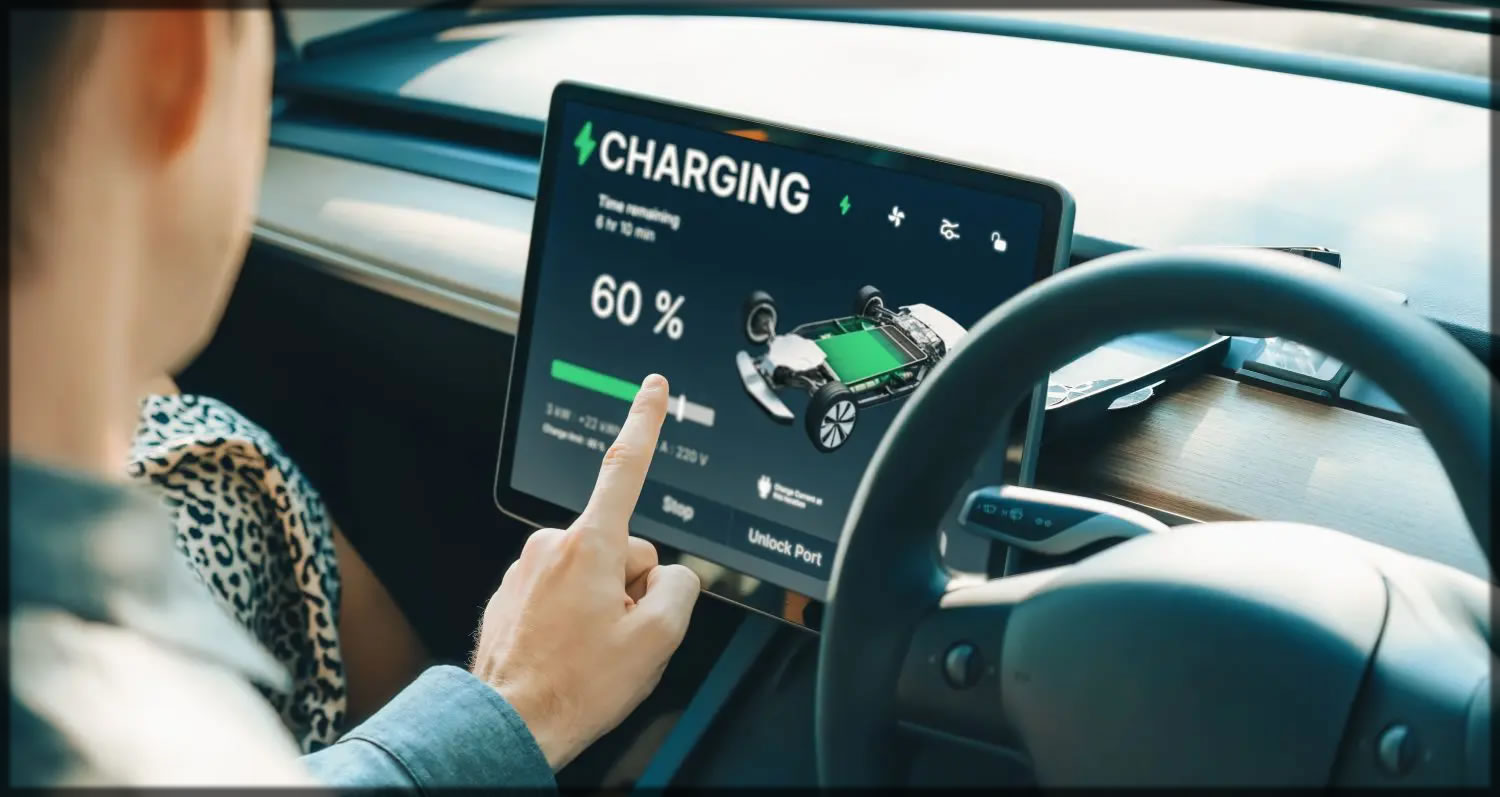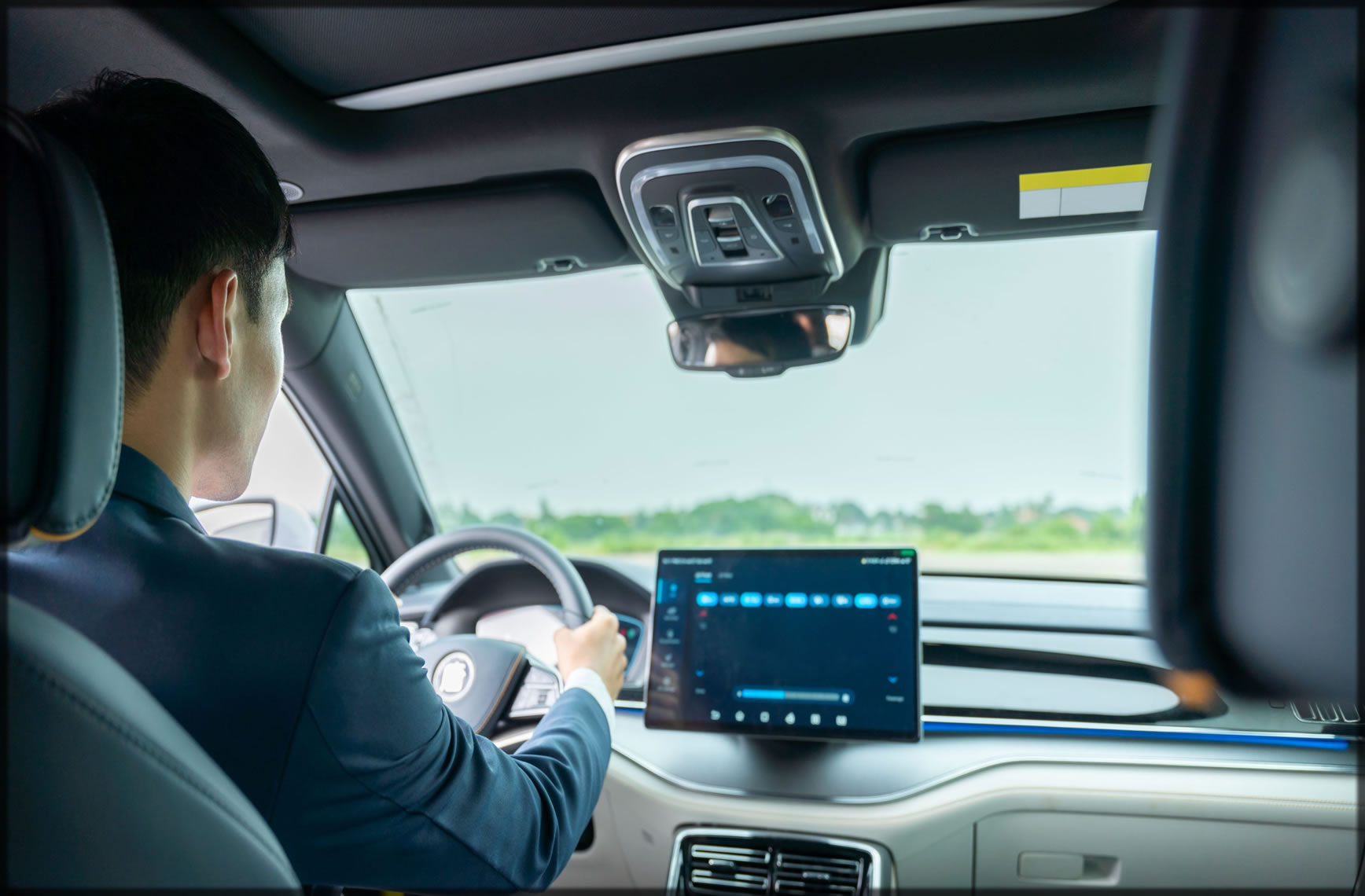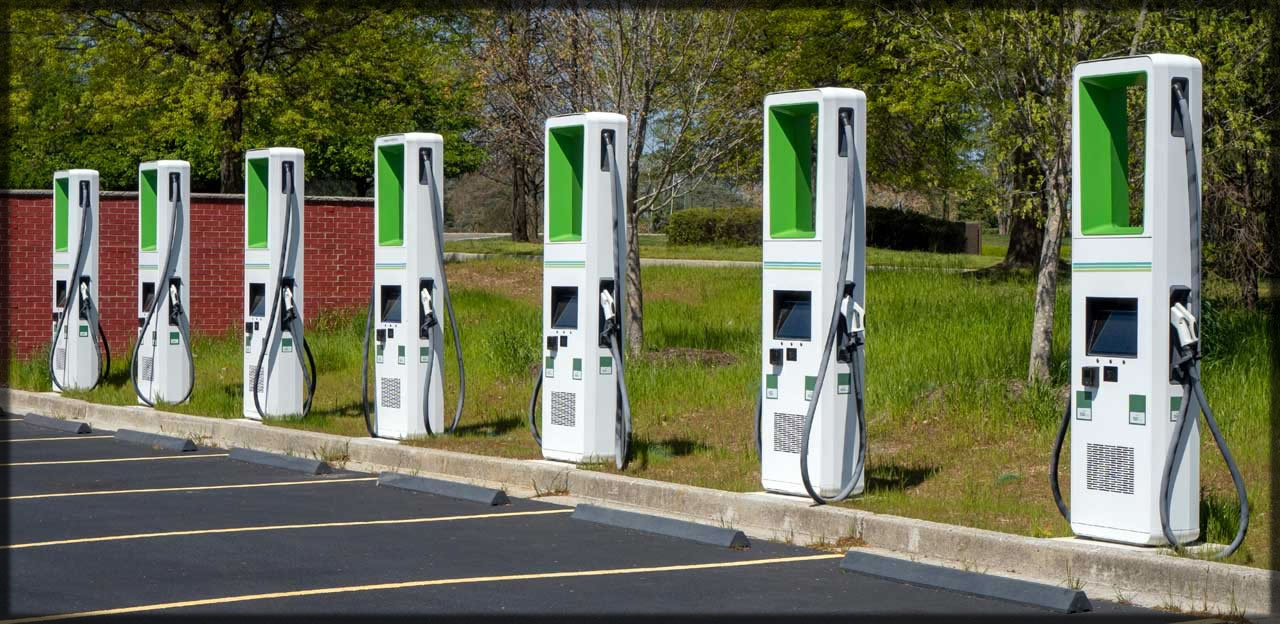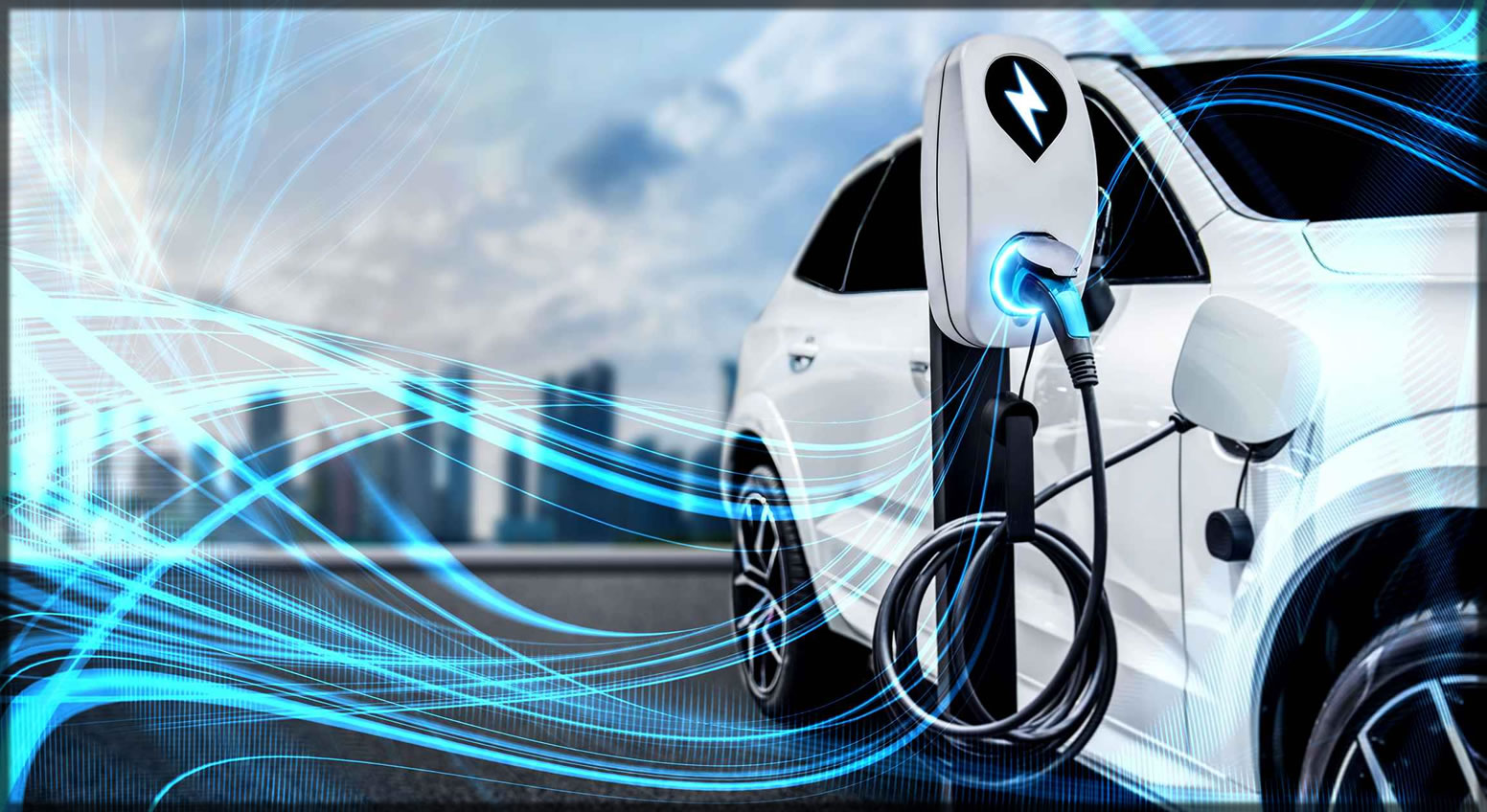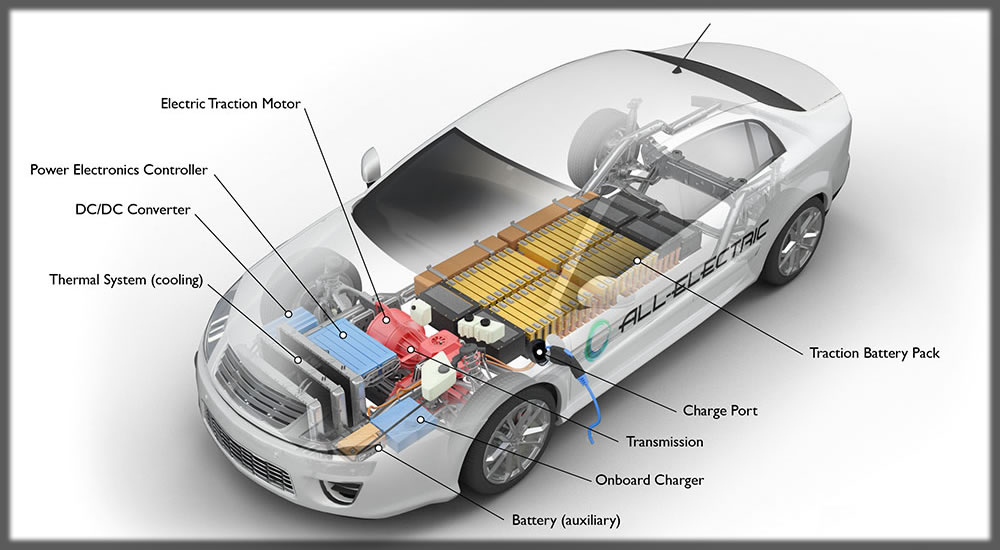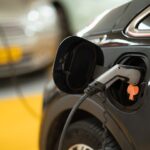What’s Next for Electric Car Charging Infrastructure? The rapid growth of electric vehicles (EVs) is transforming the transportation industry, and a robust, efficient, and accessible charging infrastructure is crucial for widespread adoption. As governments, automakers, and technology companies invest heavily in expanding and improving EV charging networks, the future of charging will be defined by faster charging speeds, increased accessibility, smarter grid integration, and innovative new technologies.
Expansion of Charging Networks
One of the biggest challenges for EV adoption is the availability of charging stations. Wider coverage and better accessibility will be key in the coming years.
- More Public Charging Stations: Companies like Tesla, ChargePoint, Electrify America, and Ionity are expanding their networks to provide more charging options worldwide.
- Rural and Highway Charging: While cities have seen significant improvements, rural areas, highways, and suburban neighborhoods need more stations to support long-distance travel and EV adoption in less urbanized regions.
- Retail, Workplace, and Apartment Charging: More shopping centers, office buildings, and multi-family housing units will include charging stations as standard amenities, making charging more convenient for daily life.
Ultra-Fast Charging Technology
Long charging times are one of the biggest concerns for EV drivers, and advancements in fast-charging technology are rapidly improving.
- Ultra-Fast DC Charging: New 350 kW+ chargers can now add 300 miles of range in under 20 minutes, significantly reducing wait times.
- Megawatt Charging Systems (MCS): Designed for electric trucks and buses, megawatt charging will allow commercial EVs to charge at extremely high power levels, making long-haul freight transport more feasible.
- Battery Innovations for Faster Charging: Advances in solid-state batteries and lithium-ion technology could make ultra-fast charging even more efficient while improving battery longevity.
Wireless and Inductive Charging
The future of EV charging could be completely cable-free, making charging as simple as parking your car.
- Wireless Charging Pads: EVs will be able to charge simply by parking over inductive charging pads, eliminating the need for plugs and cables.
- Dynamic Charging Roads: Some countries are testing roads embedded with wireless charging technology, allowing EVs to charge while driving, reducing the need for long stops.
Smart Charging and Vehicle-to-Grid (V2G) Integration
EVs are becoming an integral part of the energy grid, with smart charging and bi-directional power flow playing a key role.
- Smart Charging Systems: EVs will communicate with the grid to charge during off-peak hours, reducing costs and demand on power stations.
- V2G (Vehicle-to-Grid) Technology: EVs will be able to send power back to the grid during peak hours, acting as mobile energy storage units and helping to stabilize electricity supply.
- Bi-Directional Home Charging: EVs will function as emergency power sources, allowing homeowners to use their vehicle’s battery to power their home during outages.
Solar-Powered and Off-Grid Charging Stations
Renewable energy will play a major role in the future of EV charging, reducing reliance on fossil fuels.
- Solar-Powered Charging Stations: Some charging stations will be powered entirely by solar panels, making EV charging more sustainable.
- Battery Storage Integration: Charging stations will store excess solar or wind energy in large batteries, ensuring energy availability even when the sun isn’t shining.
- Remote and Off-Grid Charging: In rural areas, off-grid charging stations powered by renewables will eliminate the need for expensive grid connections.
Standardization and Universal Charging Access
A major issue today is the lack of standardized charging connectors and payment systems. The industry is moving toward universal charging solutions to make EV charging more seamless.
- Common Charging Connectors: Many automakers are adopting Tesla’s North American Charging Standard (NACS) and Combined Charging System (CCS) to create universal compatibility.
- Cross-Network Access: In the future, drivers will be able to use one app or card to access multiple charging networks, eliminating the hassle of different memberships and accounts.
Artificial Intelligence and Predictive Maintenance
AI-powered charging infrastructure will improve efficiency, reliability, and user experience.
- Predictive Maintenance: AI will detect potential charger malfunctions before they occur, reducing downtime.
- Dynamic Pricing and Smart Scheduling: AI-powered systems will analyze real-time electricity demand to offer lower charging rates during off-peak hours.
- Autonomous Charging Solutions: Future stations may include robotic arms or fully automated charging stations that connect to EVs without human intervention.
The Future of Home Charging
While public charging networks expand, home charging will continue to be the most convenient option for many EV owners.
- Faster Home Chargers: More powerful Level 2 chargers will allow overnight charging in just a few hours.
- Integration with Solar Energy: Homeowners will be able to charge their EVs using solar panels and home battery systems, reducing electricity costs.
- Smart Home Charging Management: AI-powered systems will ensure that home charging happens at the lowest-cost times, further reducing energy expenses.

Conclusion
The future of EV charging infrastructure is evolving rapidly, with faster charging speeds, smarter grid integration, wireless solutions, and sustainable energy sources leading the way. As the world transitions toward electric mobility, investments in charging technology will make EV ownership more practical, convenient, and cost-effective than ever before. The vision of a seamless, efficient, and universally accessible EV charging network is becoming a reality, paving the way for a future where electric vehicles dominate the roads.

